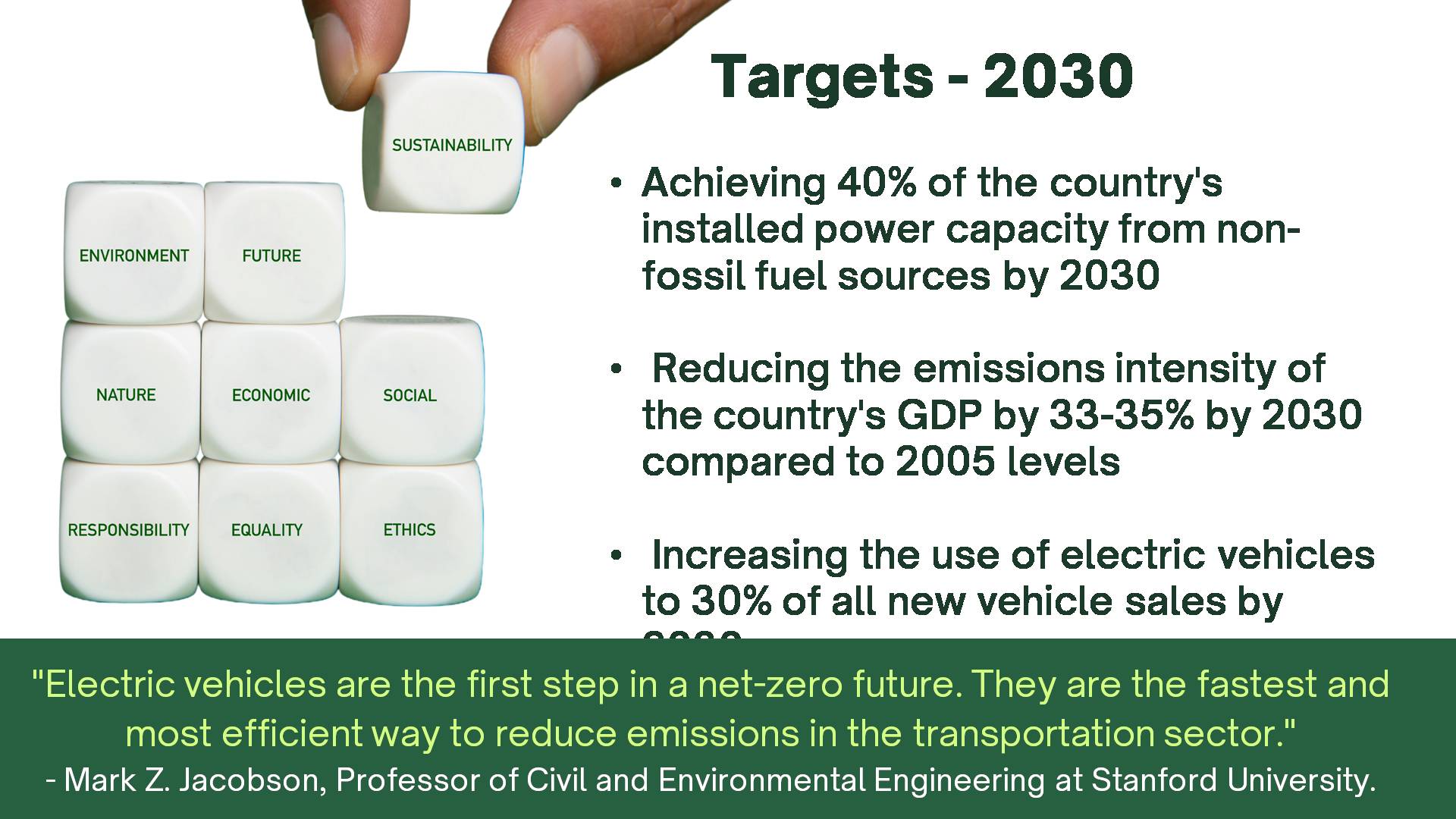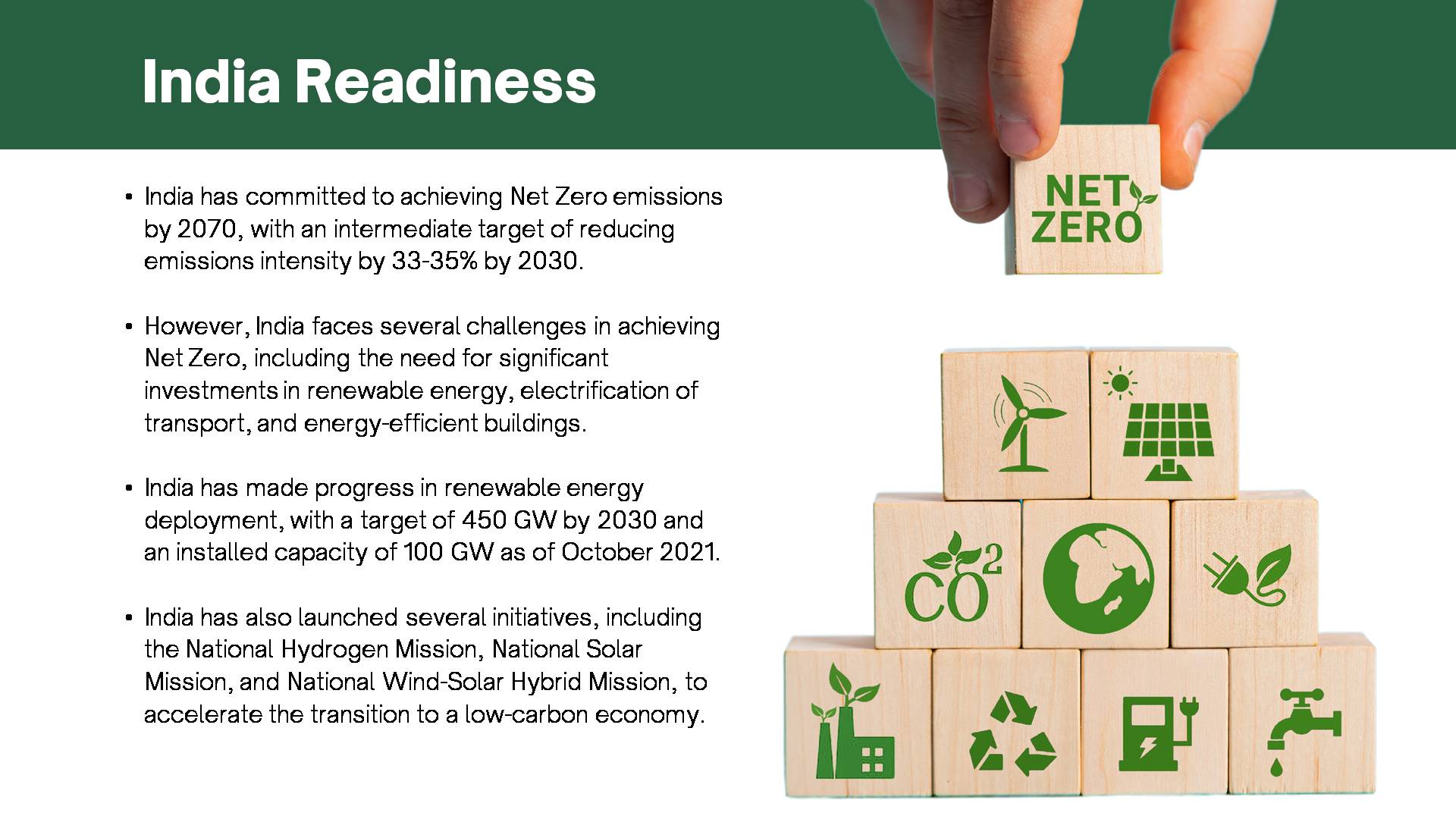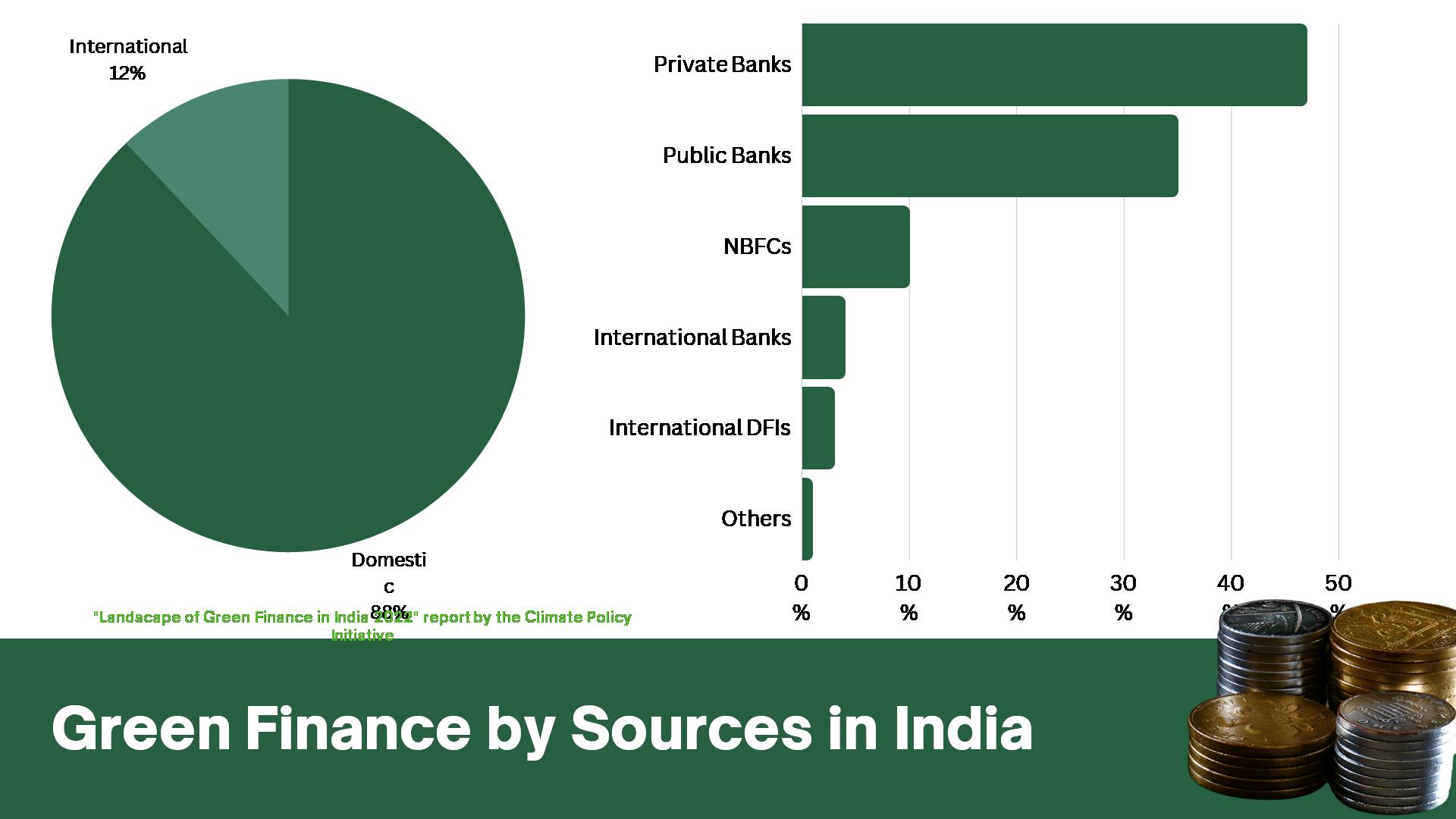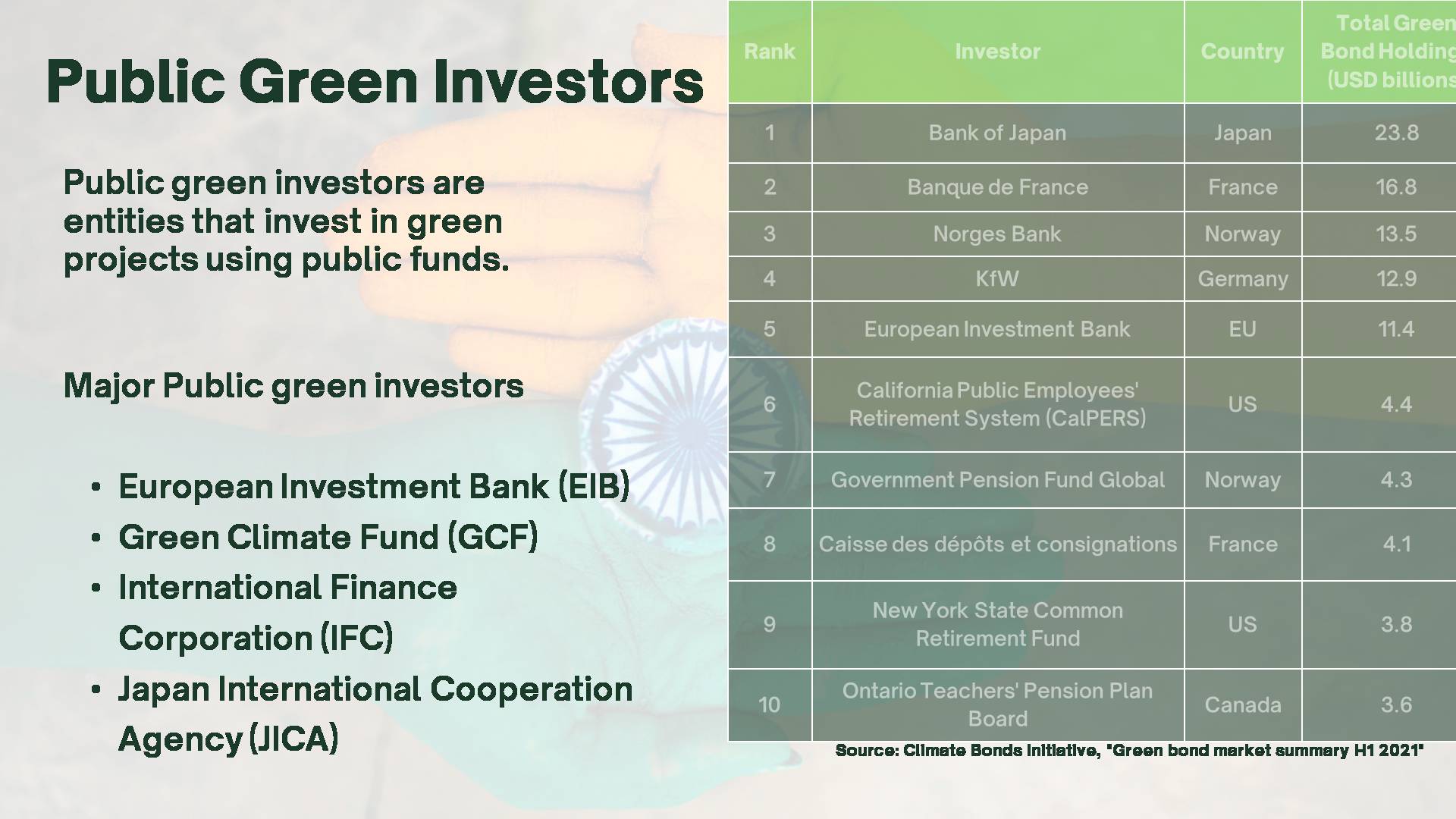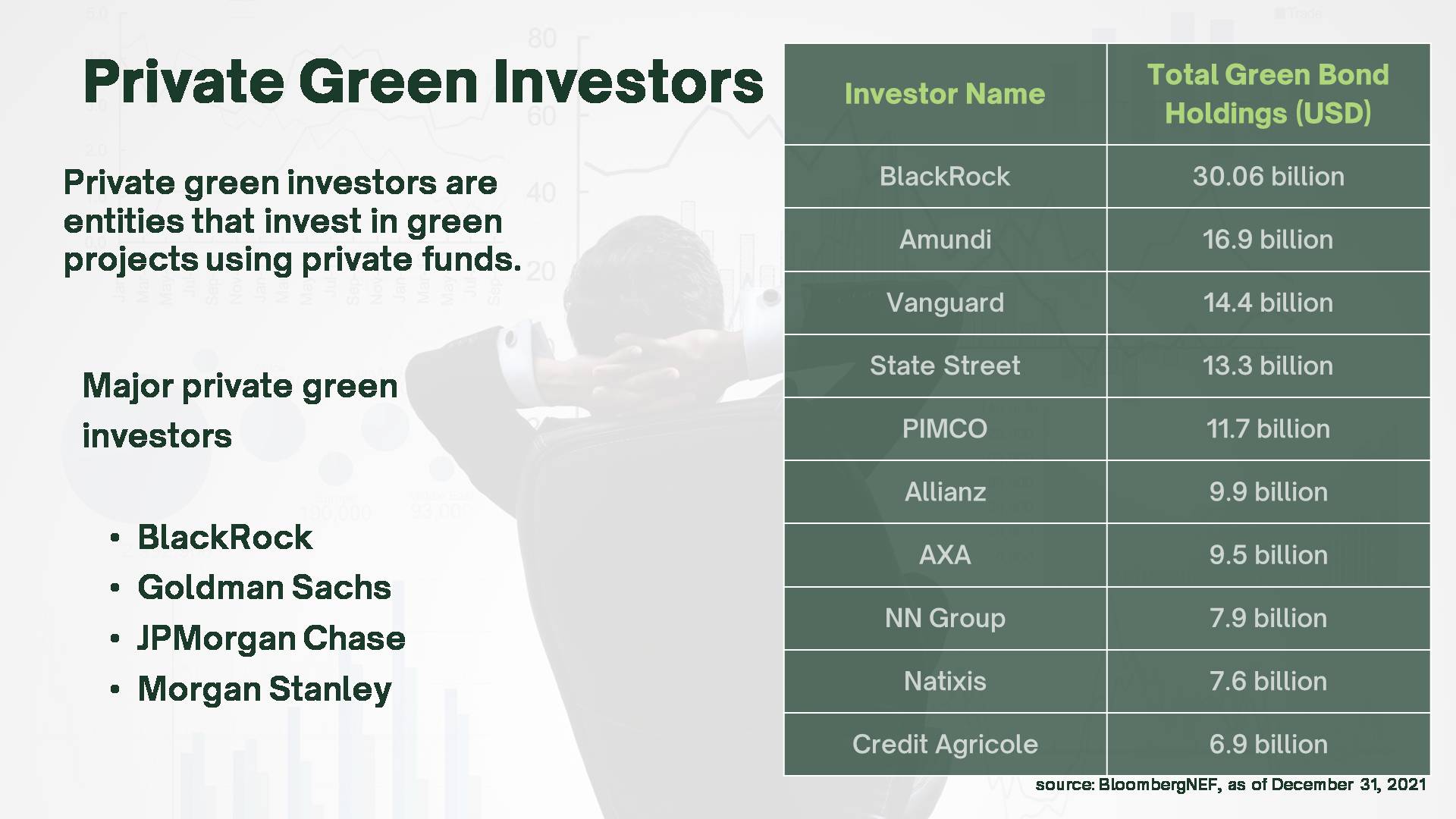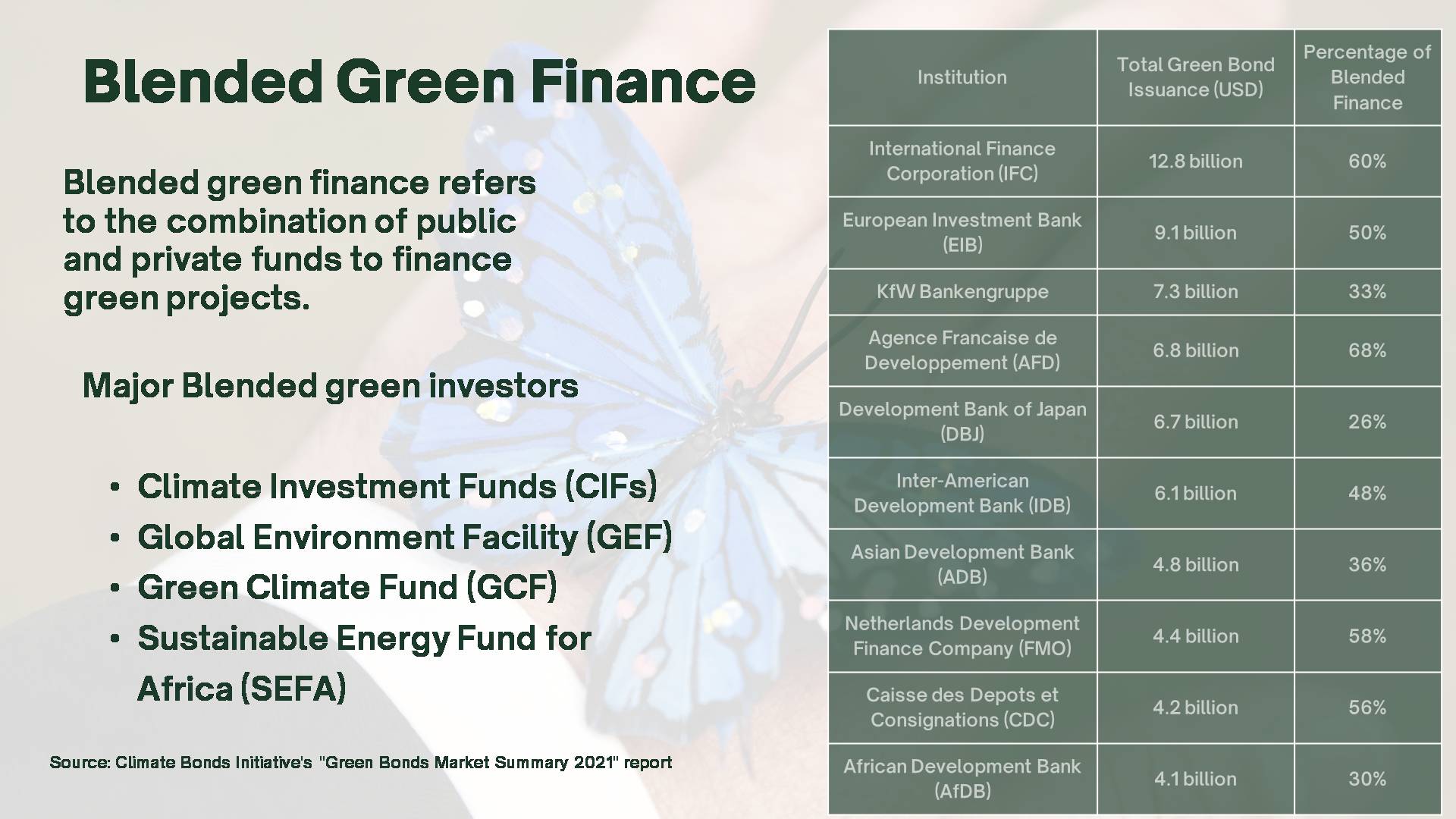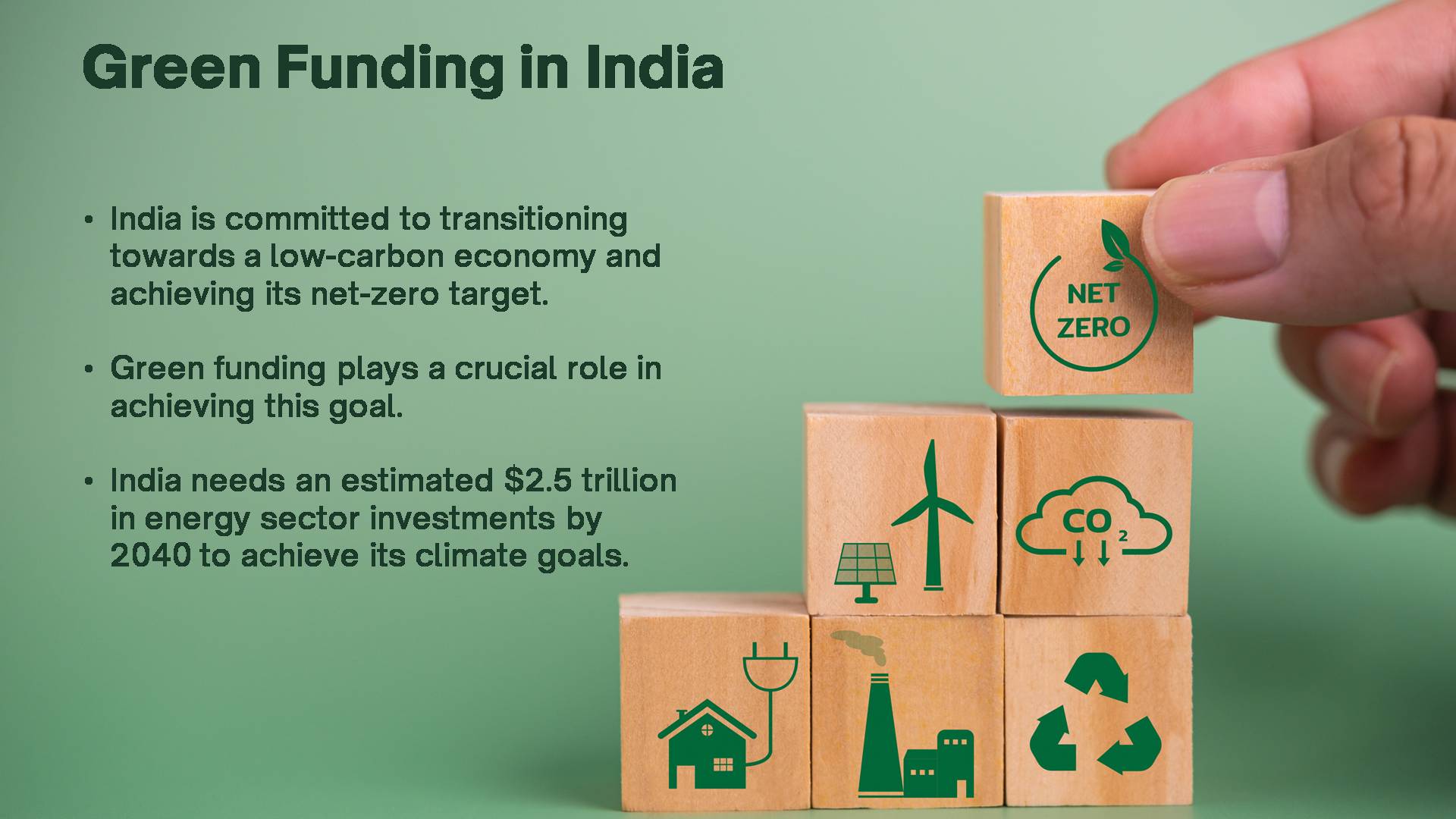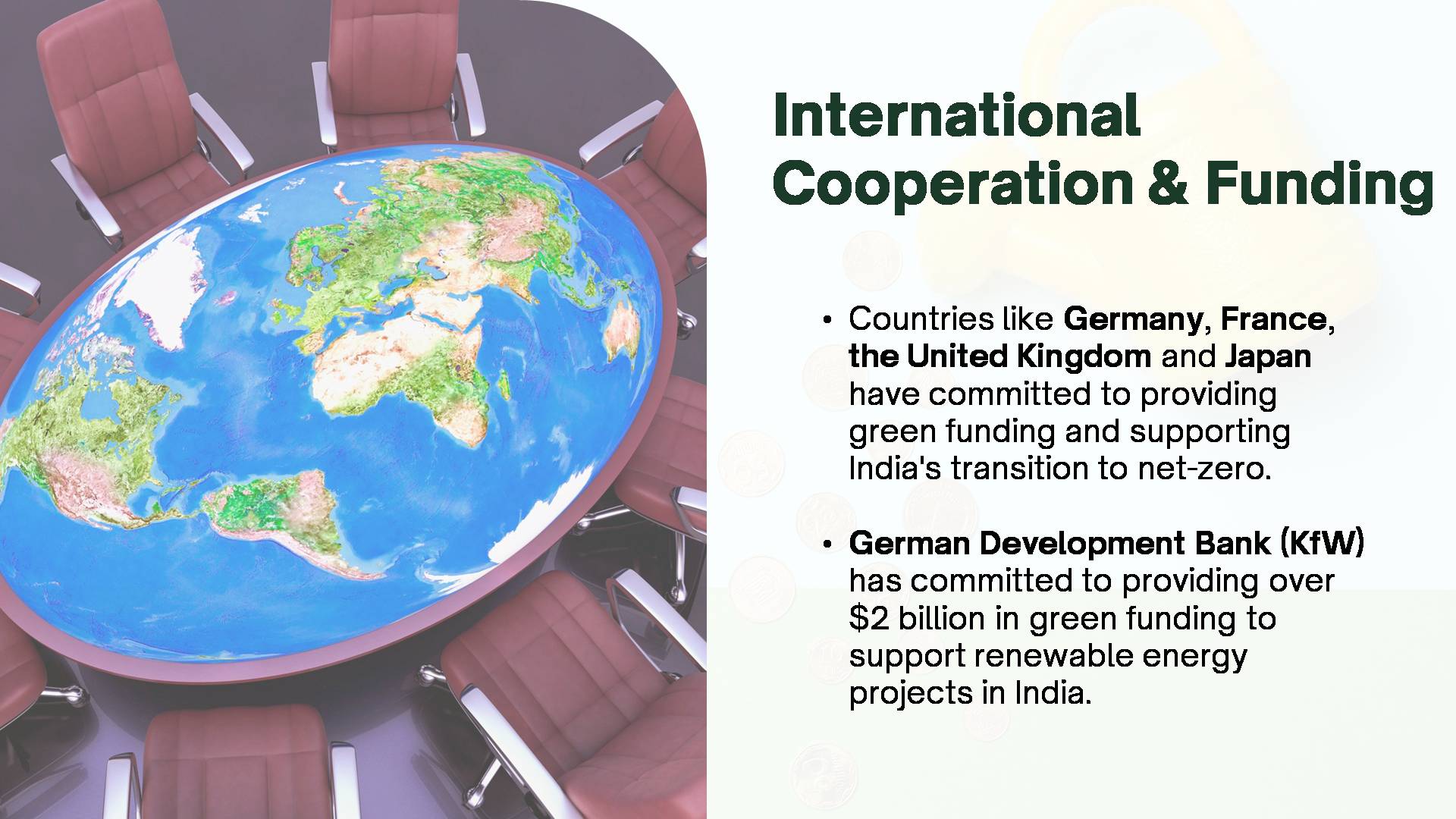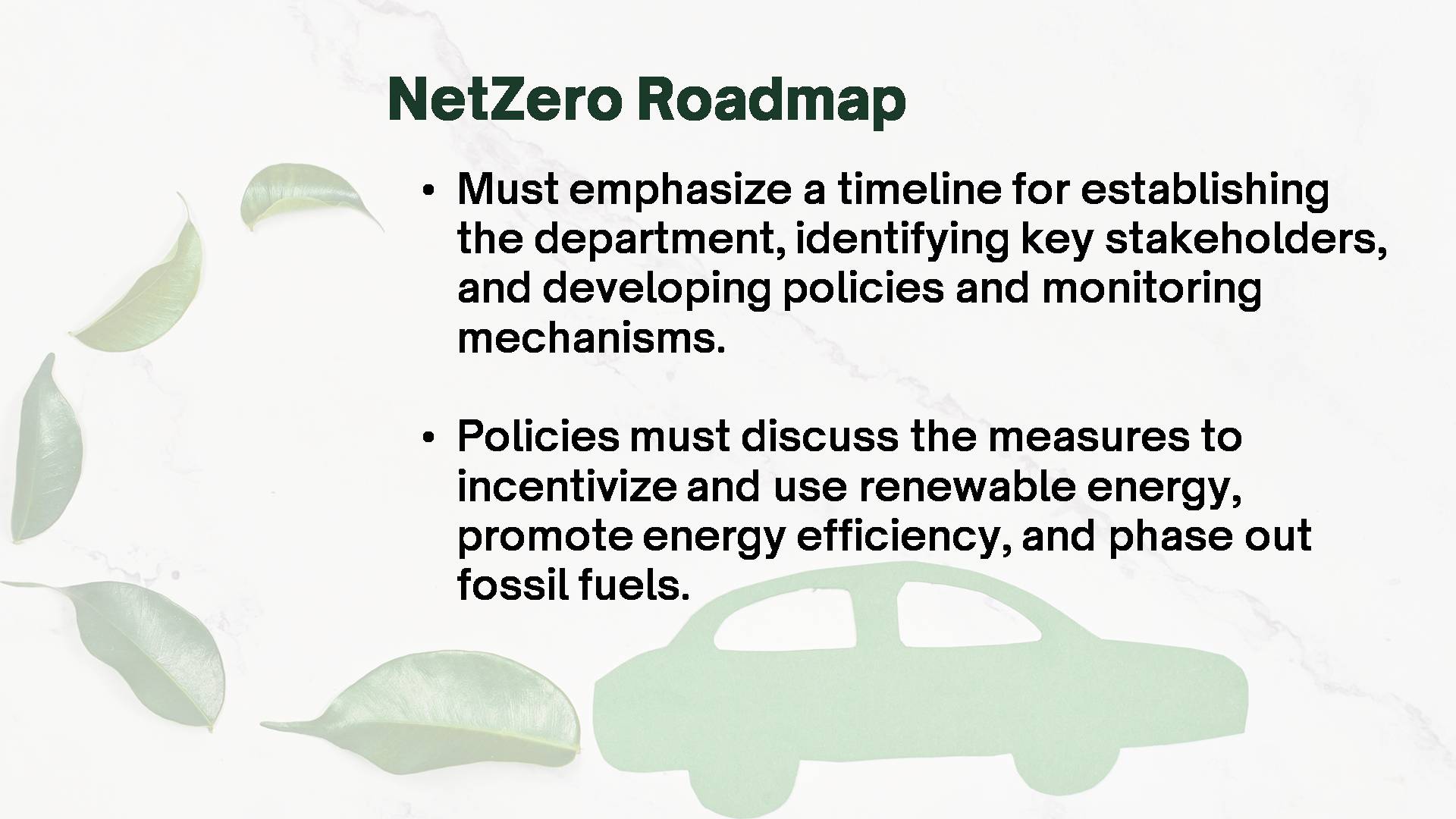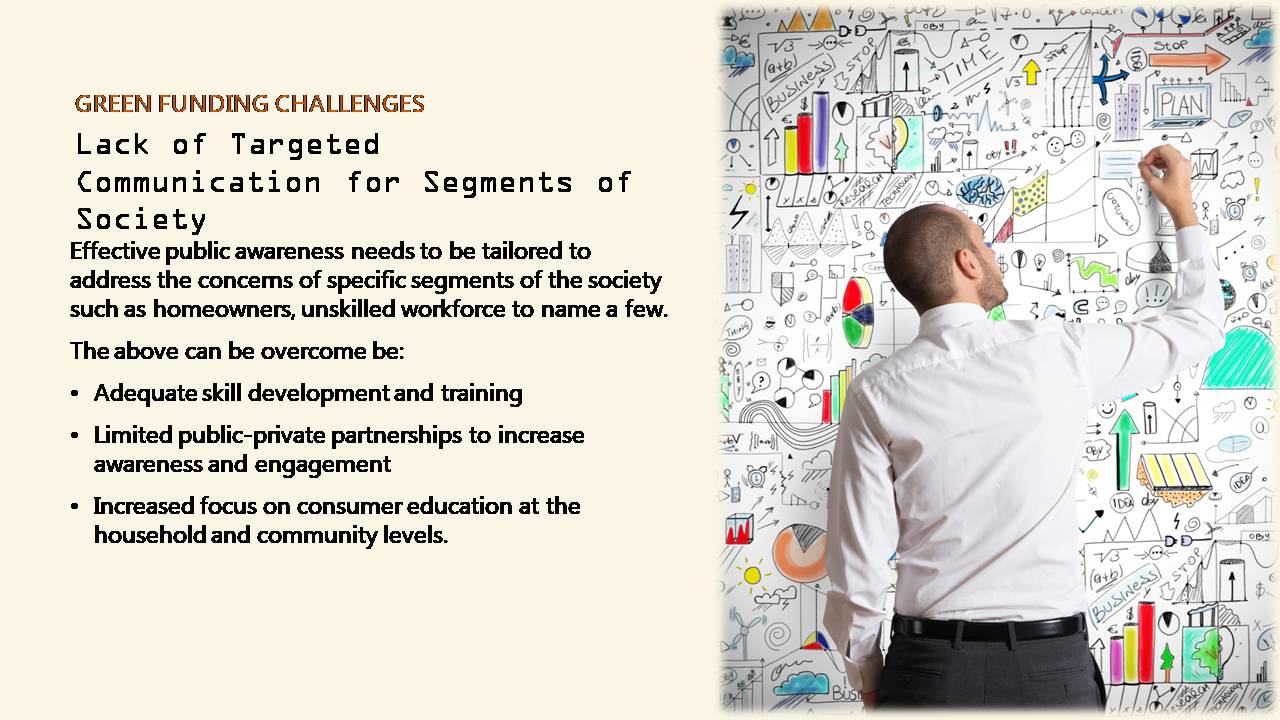Green Hydrogen: The Cornerstone of a Carbon-Neutral Future

The imperatives of a post-carbon world
As our planet hurls towards an environmental precipice, the ramifications of human-induced climate change have become undeniable. With global CO₂ concentrations escalating past 417 parts per million in 2021, levels not seen in over 800,000 years, we must metamorphose our energy infrastructures.
According to the International Energy Agency (IEA), fossil fuels accounted for 81% of the world’s energy supply in 2020. Consequently, global carbon emissions reached 36.4 billion metric tons in 2021. With the Paris Agreement’s looming target to limit temperature rises to below 2°C, the pivot away from this carbon-dense energy framework is not just a priority; it’s a survival imperative.
Within this tableau of energy transition, green hydrogen is emerging as the unsung hero. While it constituted less than 1% of the global hydrogen market in 2021, projections from the European Commission envision it satisfying nearly 24% of global energy needs by 2050. Moreover, analysts from BloombergNEF estimate that by 2050, green hydrogen could become a $2.5 trillion industry annually.
Demystifying Green Hydrogen
Hydrogen has long been celebrated in the annals of science as the universe’s most abundant element. Yet, its evolution from a cosmic wonder to Earth’s energy stalwart has been transformative. Early applications saw hydrogen propelling rockets into space or synthesizing essential chemicals. However, the 21st-century energy crisis gave it a renewed purpose: a clean, sustainable energy medium.
With the capability to store and release energy, hydrogen became the focal point of research. The McKinsey report suggests that 2030 hydrogen technology could cater to 18% of the world’s energy demands, presenting a formidable solution to our carbon problem.

In the technicolour world of hydrogen production, each shade signifies a production methodology:
- Grey Hydrogen: Predominantly sourced from natural gas via steam methane reforming, it accounts for about 70% of global hydrogen production. However, its environmental toll is heavy, emitting 9-12 tons of CO₂ for every ton of hydrogen.
- Blue Hydrogen: This method echoes grey hydrogen but incorporates carbon capture and storage (CCS), slashing CO₂ emissions by 60-85%. As of 2021, blue hydrogen projects were gaining traction, especially in regions rich in natural gas but committed to carbon reduction.
- Green Hydrogen: The pièce de résistance of clean energy. Produced by splitting water molecules using electricity from renewable sources, it embodies the essence of clean energy. With the plummeting costs of renewables, the IEA anticipates green hydrogen production costs to decrease by 50% by 2030, potentially making it the most economical hydrogen source.
- Turquoise Hydrogen: A newer entrant, turquoise hydrogen uses methane pyrolysis. Composing methane into hydrogen and solid carbon offers a zero-emission method, especially with renewables.
At the heart of green hydrogen’s promise lies its dual potential: supplementing intermittent renewable energy sources and decarbonizing sectors previously deemed impenetrable by conventional renewables. Its ability to be stored, transported, and utilized across myriad applications heralds a paradigm shift, ensuring that sectors from heavy industry to transportation are equipped to pivot away from fossil fuel dependence.
The current momentum behind green hydrogen is palpable. With significant investments being pumped into R&D and Nations drafting strategic roadmaps to integrate it within their energy matrix, green hydrogen’s evolution from the sidelines to centre stage in the global energy theatre is a testament to its potential.
However, the journey ahead is not without challenges. Technological advancements, infrastructure development, policy frameworks, and international collaborations will be paramount to harnessing its full potential. But what sets green hydrogen apart is the universality of its promise — a promise that transcends geographies, economies, and industries.
In the annals of human history, every epoch is defined by its most transformative innovations. The steam engine, electricity, and the internet — each an inflexion point propelling society into a new era. As we stand on the precipice of an environmental emergency, green hydrogen has emerged as this generation’s defining innovation, crystallizing our hopes and aspirations for a sustainable, prosperous, and carbon-neutral future.
Embracing green hydrogen is not just a strategic decision; it’s a civilizational imperative. As the clock ticks and the world grapples with the ramifications of climate change, green hydrogen offers more than just hope; it provides a tangible, scalable, and sustainable pathway towards a future where humanity and nature coexist in harmonious balance.
BioBode: Home’s Nature

CUTTING OFF LIFE
Nature is our #home, not just a place to visit. Let us make an effort to protect it in all its beauty.
PS: Image Source unknown, due credits
Island Nations Challenge Major Emitters: A Tribunal for Ocean Justice

Small Island Nations disproportionately affected by the climate crisis take on high-emitting countries in a court in Hamburg, Germany, on 11 September, in what is being seen as the first climate justice case aimed at protecting the ocean.
During the two-day hearing, the nations – including the Bahamas, Tuvalu, Vanuatu, Antigua and Barbuda, among others – will ask the International Tribunal for the Law of the Sea (Itlos) to determine whether greenhouse gas emissions absorbed by the marine environment should be considered pollution.
As one of the planet’s greatest carbon sinks, the ocean absorbs 25% of carbon dioxide emissions, captures 90% of the heat caused by those emissions and produces half the world’s oxygen.
If the case brought by the Commission of Small Island States on Climate Change and International Law (Cosis) is successful, these obligations would include carbon-emission reduction and protection of marine environments already damaged by CO2 pollution. Read more
News Credit: The Guardian
Picture Credit: Mario Tama/Getty
Australia’s Coal Surge: 150M Tonnes of CO2 Looming

Coalmine expansions and developments approved in Australia in 2023 are expected to add nearly 150m tonnes of carbon dioxide to the atmosphere over their lifetimes – equivalent to almost a third of the country’s annual climate pollution.
This week, The Albanese government gave the green light to expand the Gregory Crinum coal mine in central Queensland. The mine produces metallurgical coal used in steelmaking.
According to an analysis by the Australia Institute, it is likely to extend the development’s life by 11 years, i.e., until the mid-2030s – and add about 31m tonnes of carbon dioxide to the atmosphere once it is burned. That equates to 6% of Australia’s annual emissions. The coal mine’s owner, Sojitz Blue, will have until 2073 to decommission the mine. Read More
News Credit: The Guardian
Picture Credit: David Gray/Reuters
Climate Action

Addressing climate change will require significant infrastructure, technology, and innovation investments. We will discuss the financing mechanisms and partnerships needed to support Africa’s transition to a low-carbon, climate-resilient future.
Billion-Dollar Appeal: Developing Nations Seek Climate Reparation

Citing a UN-commissioned report that foresees climate-related loss and damages reaching $150-300 billion a year by 2030, the proposal says $100 billion “is not meant as a ceiling but rather as a minimum commitment”.
Loss and damage refer to the destruction caused by climate change that cannot be prevented or adapted to. After decades of pressure from vulnerable countries, rich countries agreed last year to set up a fund to address the costs of this destruction. Read More
News Credit: Climate Home News
Picture Credit: Pedro Armestre/Greenpeace
Belief Gone Wrong!

The world will be destroyed by a bunch of “good people” doing nothing.






